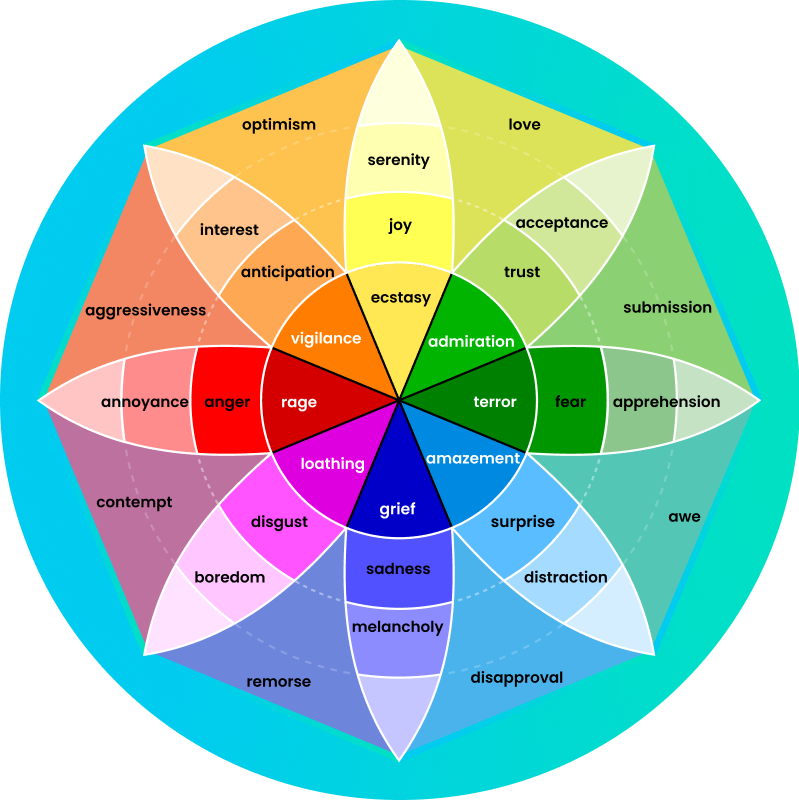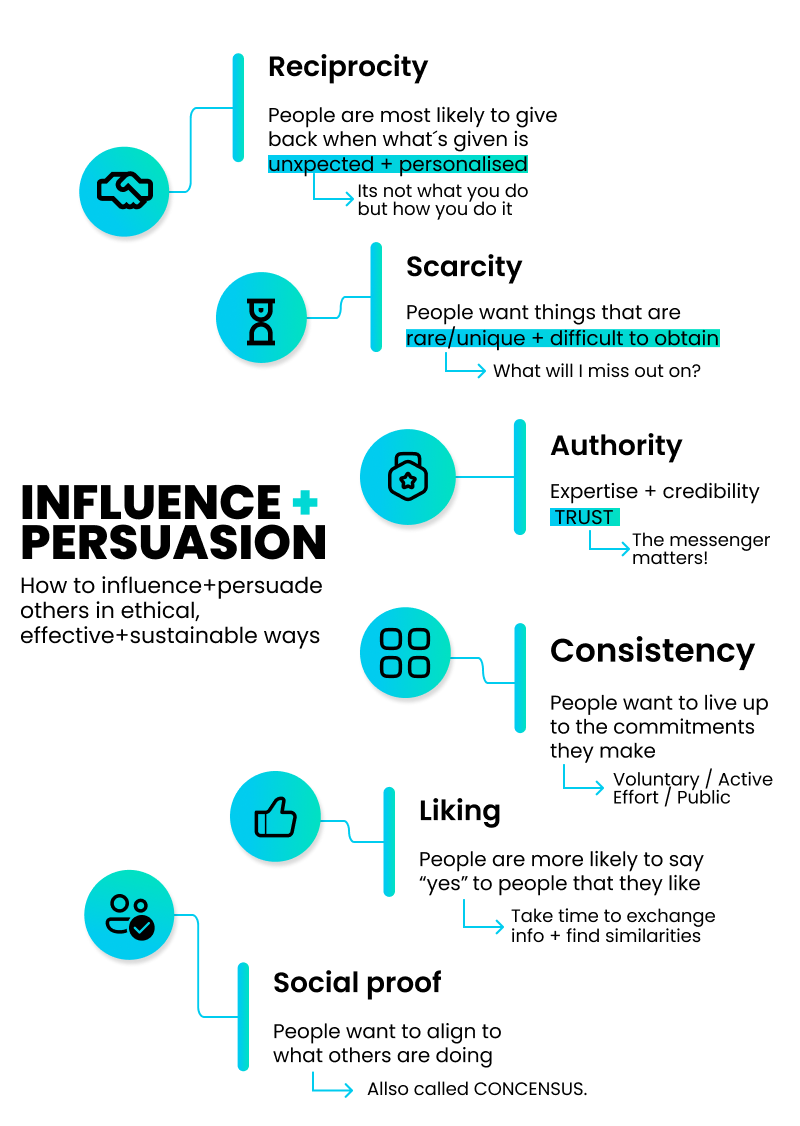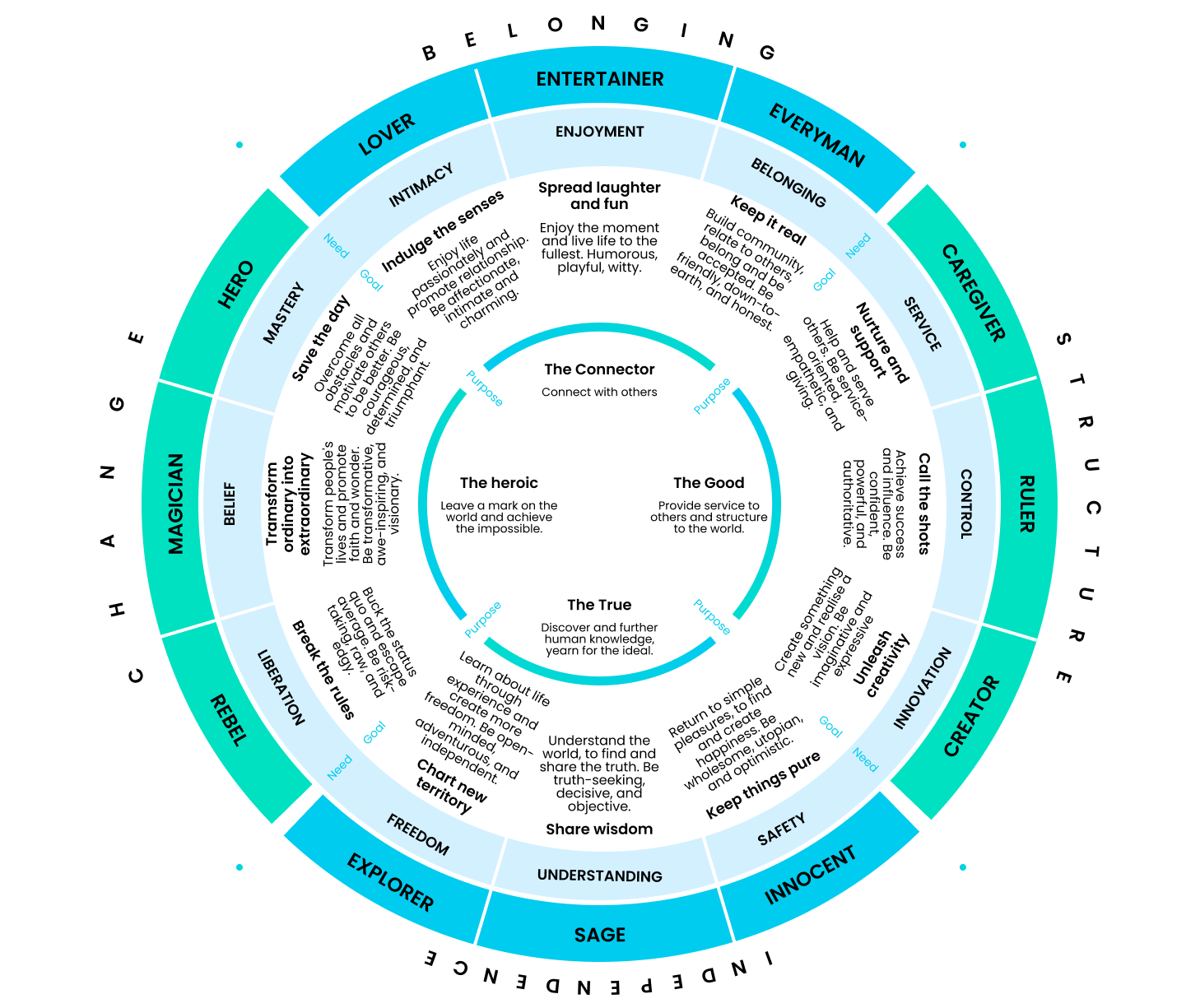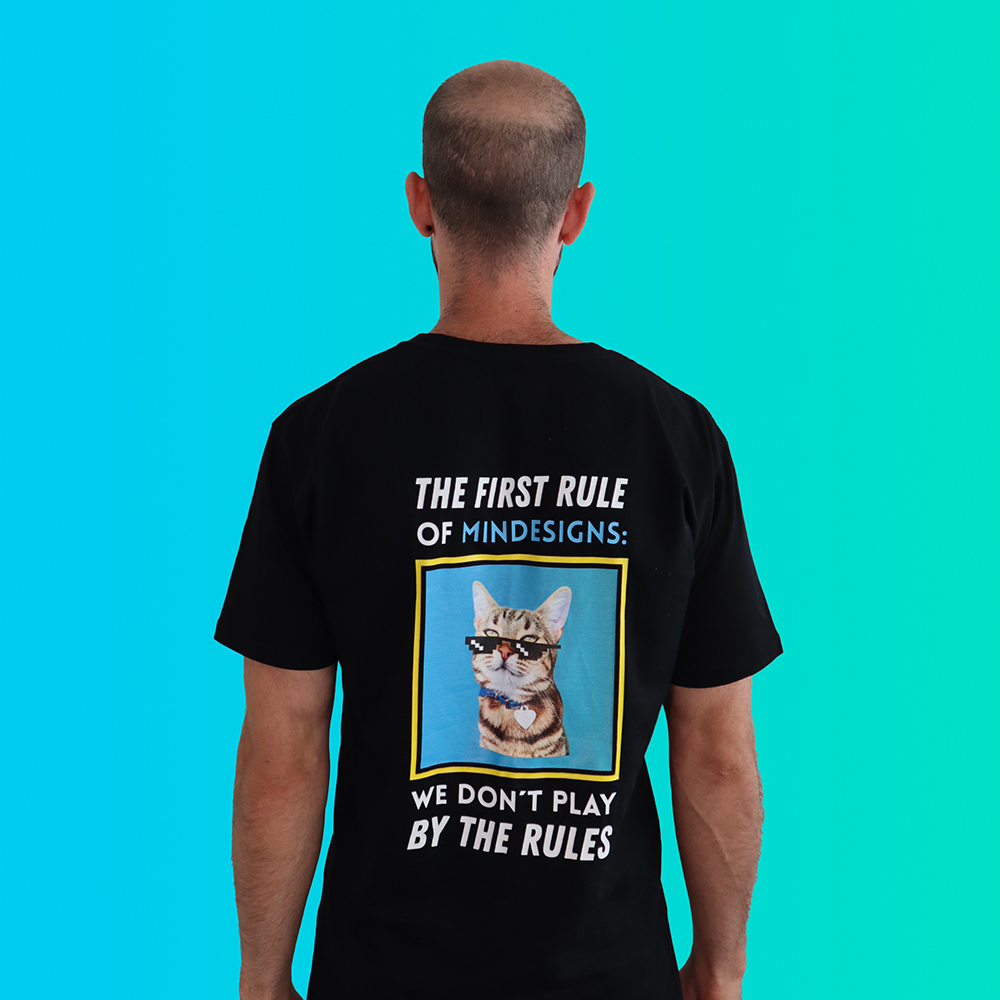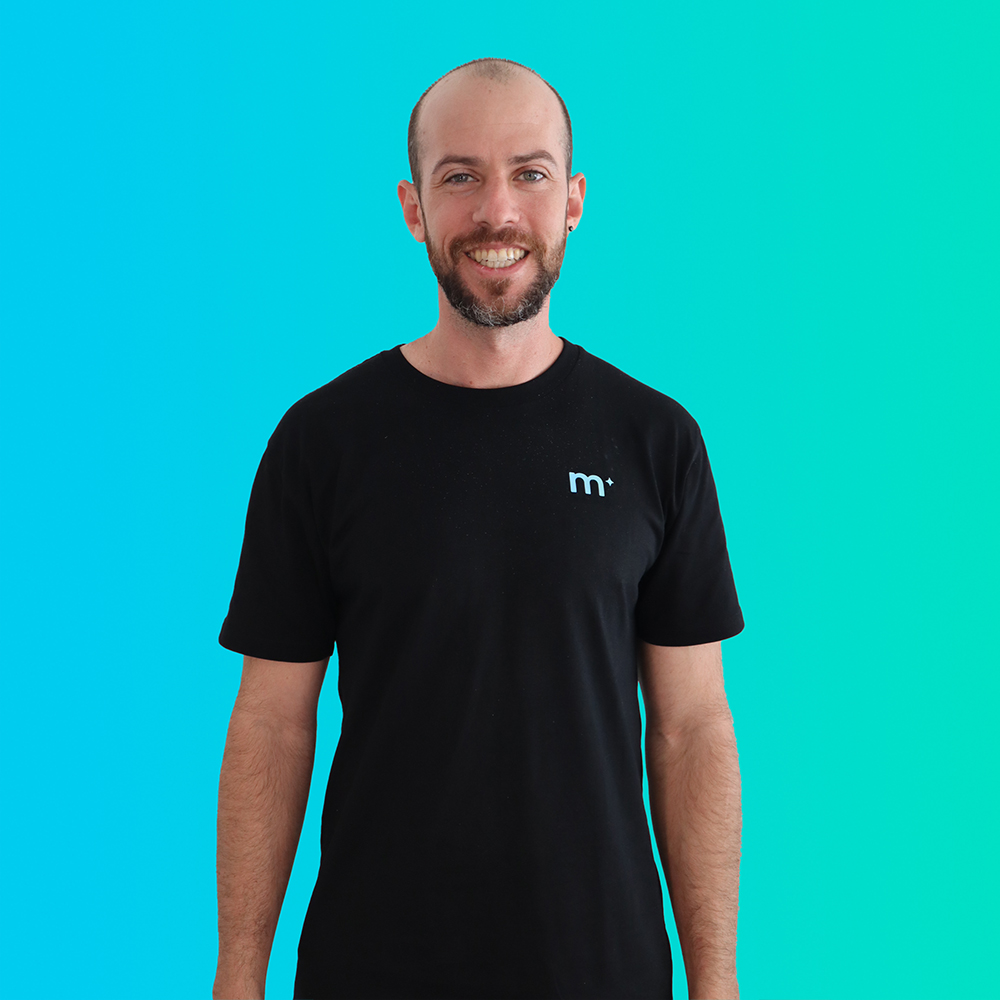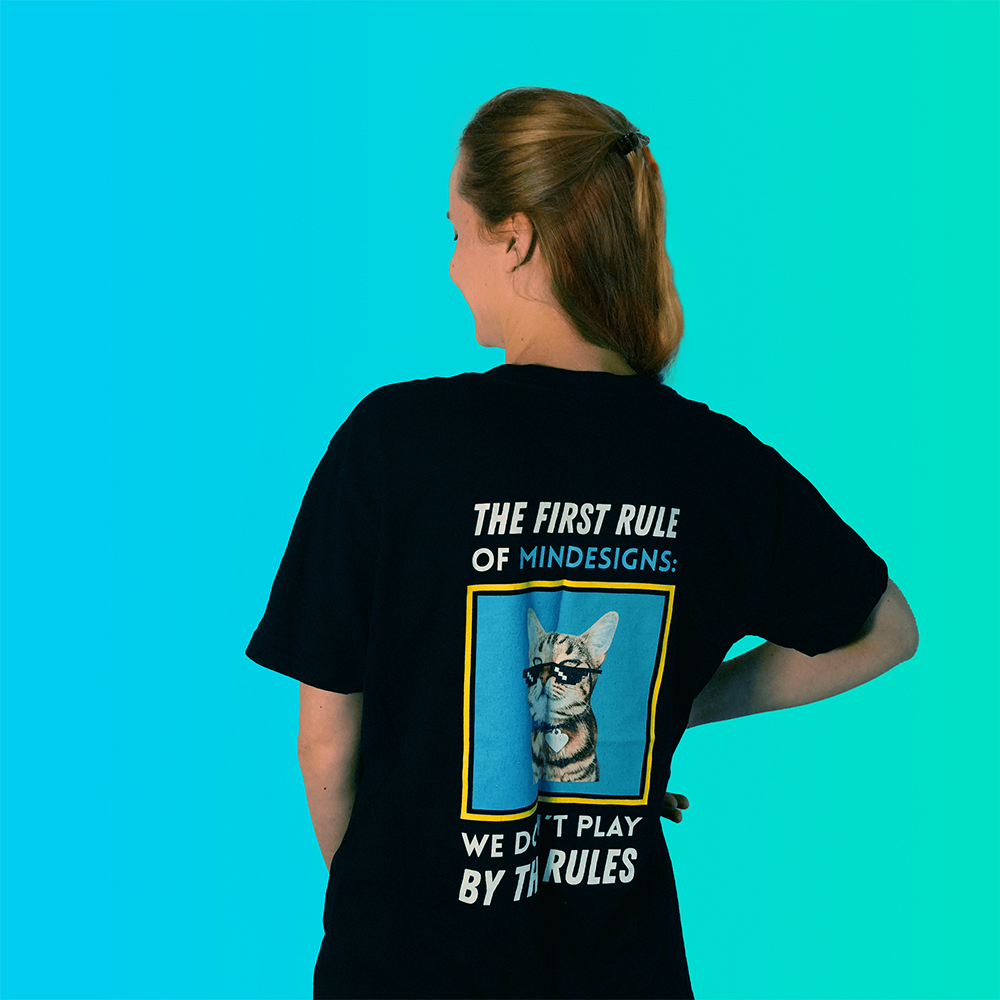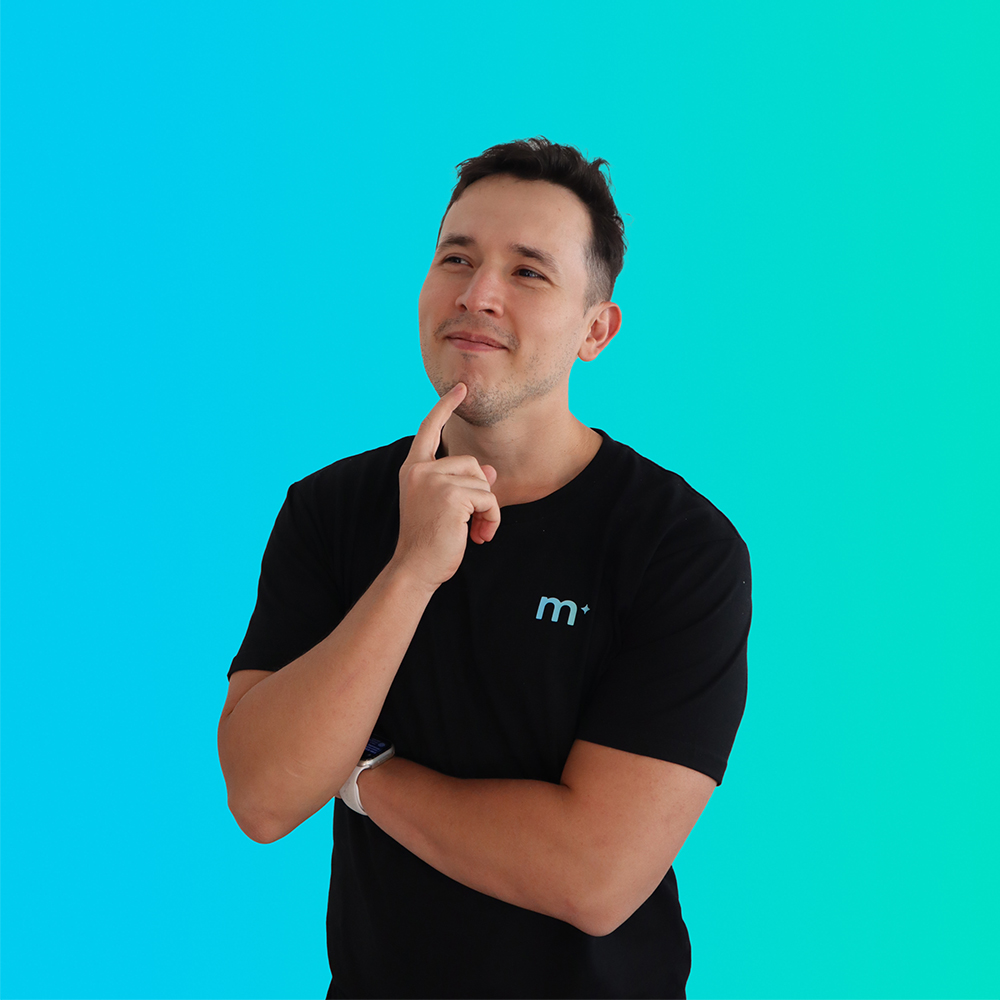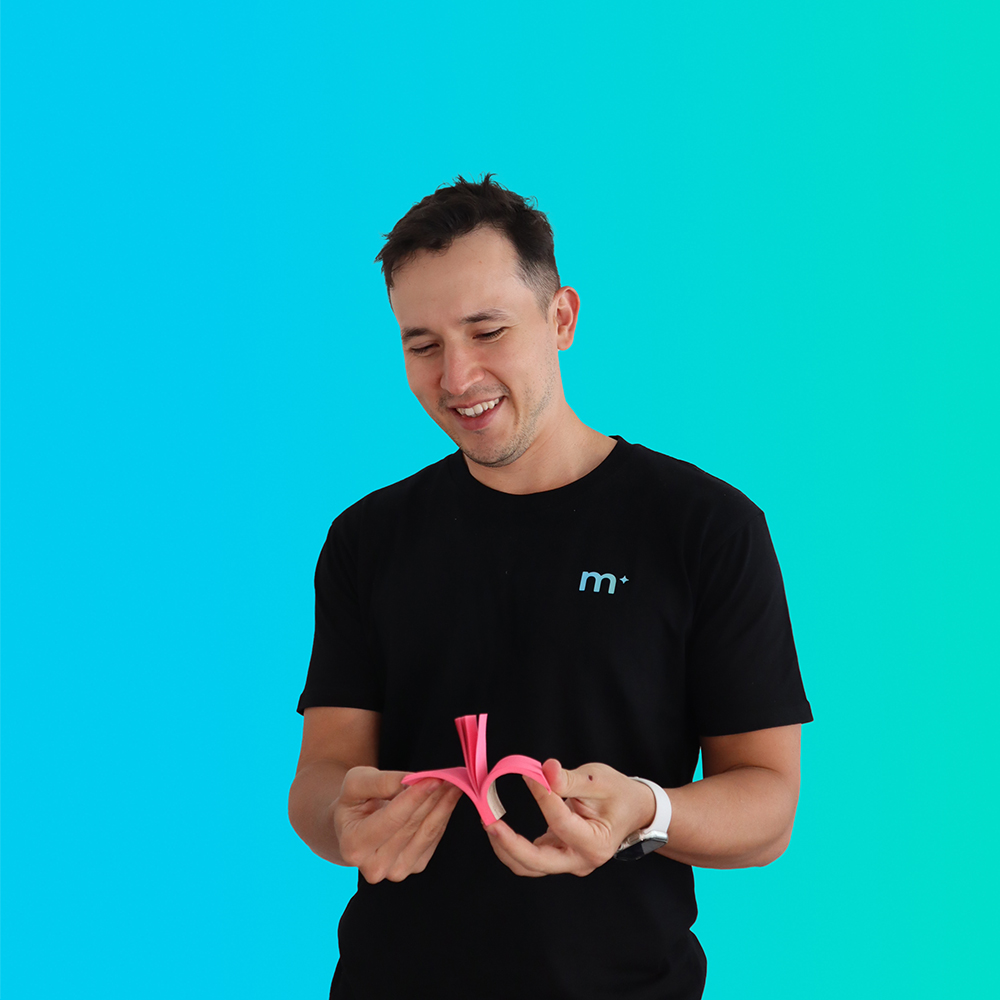What Sets Exceptional Businesses Apart? Their Story. Here’s why:
Just finished a wonderful morning hike through the tropics of Cairns with so much to share for you! I was thinking about what makes a good story and all the important aspects of using this powerful tool in your brand, and then I thought, why not write all this knowledge for you guys?
As Marketers, for the past 5 years, we’ve seen business owners struggle with growing their customer base. Some of them hope paid ads will be the ultimate solution, but it is just one tiny part: they don’t focus on what matters – their story.
Now buckle up, because we’re about to tell you something even bolder… The whole idea that “once I grow my customer base, the money will start magically rolling in” – is unrealistic. Instead, the key to long term sustainable growth lands in building customer loyalty. How to achieve it? by telling good, memorable stories.
Picture the following overview:
The Art of Storytelling
Last week, as we were hosting a special event with the Cairns Chamber of Commerce, we spoke about the evolution of marketing. It’s mind-blowing to realise that even in this age of AI, storytelling remains one of the oldest and most valuable tools for creating meaningful connections.
And it’s only going to be more effective as our world is becoming more clattered with AI content and copycats. Think about it: every culture in the world has told stories, with the earliest historical evidence dating back as far as 30,000 years ago in cave drawings in France. No wonder it’s so effective at getting our attention. Our DNA literally craves it!
Today, storytelling is still vital. Whether we find stories in books, movies, television, video games or social media, they help us connect with our friends, our peers, and the world around us.
What Makes a Good Story? 8 Key Practices to Grow Your Business
In business and marketing, storytelling is a creative effort and a strategic way to stand out and connect with customers on an emotional level, leading to tangible results. Successful businesses don’t focus only on increasing their ROAS or redesigning their landing pages; they focus on telling great stories.
But what makes a good story that connects with your audience? Here are eight excellent practices to help you refine your storytelling skills.
1. Define the purpose of your storytelling
Imagine this: your story is the thread that weaves together the fabric of your brand. It’s what draws customers in, capturing their hearts and minds. Think about the last time you heard a story that stuck with you. It likely engaged you emotionally, inspiring you to take action.
So, where to get started? Let’s break it down into two vital steps. First, define the purpose of your storytelling. What do you want your audience to feel, learn, or do? Next, remember these three words: engage, inspire, and persuade.
When you weave these elements into your narrative, you create a powerful connection that not only captures attention but also builds trust. And trust is what turns casual customers into loyal advocates for your brand. To strengthen this bond with your audience, it’s crucial to define an emotional narrative.
2. Define the emotional journey of your brand’s narrative
We all know that humans are emotional beings, and emotions are powerful forces that drive behaviour. This means that, in business, it’s essential to tap into the right emotions to create a lasting impact on your audience.
Before you even start crafting that captivating story for your brand, take a moment to identify the specific emotions you want to evoke. Think about the unique feelings that align with your brand and goals. For example, a department store might want to evoke joy and excitement, inviting customers to envision themselves enjoying their purchases.
In contrast, an insurance or finance company may want to stir just enough concern, guiding potential clients to realise the importance of securing their future with an insurance policy. Understanding this emotional landscape will not only guide your narrative but also shape how your audience connects with your brand.
Picture it as a journey where you lead your customers through an experience, (colours, sounds, formats, etc.) making them feel every step of the way. By strategically weaving these emotions into your storytelling, you’ll create a powerful narrative that resonates deeply, encouraging action and building lasting loyalty. So, let’s analyse stories that not only inform but also inspire and engage!
In the example above, you can see how Spotify launches its “Wrapped” campaign every year, and it’s always a hit! This fun feature gives users a personalised recap of their musical year, highlighting their most-listened-to songs, favourite artists, and trending genres. This campaign taps into those nostalgic vibes and personal reflections as users get to relive their memorable moments throughout the year.
What’s really clever about this campaign is how it encourages users to share their Wrapped results on social media. It creates a sense of community, as everyone gets to celebrate their unique music journeys together. By turning data into a personal story, Spotify makes users feel appreciated and connected, strengthening their loyalty to the platform. It’s a great example of how to make your audience feel unique and valued!
3. Identify who is the hero of your story
Every great message has a protagonist who drives the narrative forward. In the world of business, this hero could take many forms. It might be the founder who poured their heart and soul into building the brand from the ground up, or perhaps it’s the innovative product designed with a clear purpose in mind.
But wait, it doesn’t stop there! The hero could also be the brand’s origins, weaving in the history and values that give your business its unique flavour. Maybe it’s the stunning location that serves as a vibrant scenario for your story, bringing in local culture and community vibes. And let’s not forget the most crucial hero of all: the consumers themselves! When your customers feel like they play a central role in the narrative, it fosters a deeper connection to your brand.
Airbnb does it brilliantly. Have a look:
The company positions the traveller as the hero in their story, focusing on the sharing experience and the convenience of finding accommodations that offer more space and comfort when travelling with friends. Instead of a standard hotel room, Airbnb encourages groups to rent entire homes or unique spaces, making the journey not just about where you stay but about how you experience it together.
By highlighting the benefits of shared experiences, Airbnb creates an emotional connection that resonates with those seeking adventure and connection among friends, promoting loyalty and a sense of community among its users. So, as you craft your story, consider who your hero is and how you can make them shine!
4. Describe what is the plot of the story
In business storytelling, the plot serves as the backbone that guides your audience through the narrative.
Think of the plot as a structured roadmap that leads your audience from the beginning to the climax, and ultimately, to the resolution. This journey is more than just a sequence of events; it’s about creating a connection that resonates. A plot keeps your audience engaged and invested, ensuring they understand the value of what you’re offering. In this way, storytelling becomes a powerful tool for influencing decision-making.
TOMS Shoes delivers a great plot example. It tells a compelling story that revolves around the mission of giving back. The plot begins with the founder, Blake Mycoskie, discovering the harsh reality faced by children who lack basic footwear. This moment of awareness becomes the turning point that fuels his passion for change. Watch it for yourself:
A company with a unique business model: for every pair of shoes sold, TOMS donates a pair to a child in need. This not only highlights the purpose behind the product but also emphasizes the impact customers can have through their purchases, becoming a movement that encourages them to be part of something bigger than themselves. The narrative deepens as TOMS shares stories of the children who receive the shoes, illustrating the positive change in their lives.
By weaving a thoughtful plot into your narrative, you can guide your audience toward a clear understanding of your brand’s purpose and the benefits of your offerings. How? With great communication.
5. Communicate with your audience
To really connect with your audience, you need to speak their language, and that starts with knowing who they are.
Instead of just shouting into the void, imagine you’re talking to one person. This is where creating a buyer persona becomes a game changer. Your persona is the ideal version of your customer, the person you want to reach, engage, and build a relationship with. When you know who this person is, down to their likes, dislikes, and motivations, your message becomes more focused, more personal, and way more effective.
So, how do you make this buyer persona real? Give them a face, a name, or even a background story. Visualise their daily struggles, their hopes, and what they’re looking for. Whether you’re crafting an email, writing a social post, or putting together a marketing campaign, you’ll be speaking directly to them. Your message will be heard and felt. When you communicate with your audience like this, you’re building the kind of connection that turns casual interest into lasting loyalty.
Not sure where to start? Feel free to Download this Free Template we created for you to build your whole marketing strategy. Simply drag it to ChatGPT, and you will get the following:
✔️ Buyer Persona
✔️ Marketing Budget & COCA Calculations
✔️ Lead Funnel
✔️ Communication Strategy
Follow the steps in this exclusive How-To Video, filled with tips and expert guidance, as we walk you through the template for your business.
6. Make your story persuasive
Here, we’re about to take you inside our discovery calls with clients! All of us at Mindesigns pay tribute to the renowned 6 principles of persuasion by Social Psychologist Robert Cialdini. We love the results they bring during our complimentary discovery calls. It’s all about reciprocity, scarcity, authority, commitment and consistency. This is how we apply each one of them:
- Reciprocity makes potential clients more likely to comply with a request, especially if they feel they owe something to the requester. In business storytelling, this can be achieved by offering something of value, such as providing helpful information or resources.
At Mindesigns, we ensure to follow up with everyone who has downloaded one of our free resources. Our aim is to confirm the resource was helpful and to see if they need any further assistance with their marketing strategy.
- The scarcity of a service, product, or opportunity makes it more attractive. People are more attracted to things that are perceived as limited or exclusive.
In our calls and for those who have downloaded our resources, we allocate three days each month in our calendar to provide 30-minute free consultations with our Marketing Strategist.
- Authority or expertise makes it easier for people to trust a brand. They are more likely to follow the advice or recommendations of experts or authorities. For businesses, these could be referrals from credible sources or experts in the field.
Our blueprint relies on proven data analysis and case studies from the successes of our former and current clients. By studying what’s worked before, we refine our approach and ensure that each step is backed by evidence.
- Commitment and consistency make it more likely for people to follow through, especially by sharing experiences or testimonials.
We encourage potential clients to take small, actionable steps that align with their long-term goals. Whether it’s signing up for a follow-up consultation or sharing their marketing challenges, these small commitments build momentum and foster a sense of consistency.
- Liking an element of the experience makes it easier to persuade audiences. People are more likely to be persuaded by brands they like or admire, so building positive relationships with customers and creating a likable brand image can significantly influence purchasing decisions.
We focus on creating a genuine connection with clients, showcasing our approachable and passionate team. We want clients to see us not just as experts but as partners they enjoy working with, making it easier for them to trust our guidance.
- Social Proof shows that people are more likely to follow the behaviour of others, especially if those others are similar to them, which is why many make decisions based on customer reviews or success stories.
During our calls, we often highlight relevant case studies or share success stories from similar businesses. By showing how others have thrived with our help, we give potential clients the confidence to take the next step with us.
Imagine weaving these into your narrative—when people feel they’re getting something of value (reciprocity), or when your product is limited or exclusive (scarcity), it heightens their interest. Show your expertise (authority), keep your messaging consistent, and align it with customer values (commitment), and people will trust your brand. And, of course, let them see that others love what you’re offering (social proof), and boom! You’ve got a winning formula.
7. Use the power of words to tell your story
Words hold incredible power, shaping not just how we communicate but also the very reality we wish to create. In brand storytelling, every word counts. It’s not just about describing what your product does; it’s about crafting a narrative that inspires and motivates action.
Take Apple’s iconic “Think Different” campaign, for example. This campaign promoted a product by painting a vivid picture of innovation and rebellion against the norm. By using carefully selected words that resonated with creativity, individuality, and a thirst for progress, Apple positioned itself as a leader in technology and a champion of the dreamers and doers. This storytelling approach cultivated a powerful emotional connection with consumers, encouraging them to align with a brand that represents their values. Here it is:
When you take advantage of the power of words, you can effectively build a reality that invites customers into your story. Your narrative will be able to describe your offerings while encouraging the transformation you promise to deliver.
8. Determine if your story has personality and tone
This is one of our favourite steps in developing a brand. Just like the way you speak to a close friend is different from how you’d address a business colleague, the tone you choose for your brand’s story shapes how it’s received by your audience. The personality behind your tone becomes a crucial part of your brand identity, making it easier for your customers to connect with you on a deeper level.
Imagine your brand as a character with its personality. For instance, a light, playful tone might evoke feelings of joy and excitement, while a more serious, authoritative tone could inspire trust and credibility. Like the difference between a trusted mentor and a fun-loving friend, your tone should align with the emotions you want your audience to experience when interacting with your brand.
To take it a step further, consider the 12 Jungian Archetypes, which represent universal patterns of human behaviour. These archetypes help guide the tone you use in your storytelling. Whether your brand embodies “The Hero,” “The Sage,” or “The Caregiver,” choosing a tone that reflects these deeper personality traits allows you to access your audience’s emotions, building a bond that goes beyond just a transactional relationship.
When it comes to business, each archetype carries its unique traits and emotions that you can tap into for your brand. For instance:
Godiva channels the Lover, exuding sensuality, romance, and indulgence.
Harley Davidson embraces the Outlaw, representing rebellion, independence, and a daring spirit.
The North Face embodies the Explorer, capturing a sense of adventure, resilience, and pioneering spirit.
By understanding these archetypes, you can pinpoint the tone that aligns perfectly with your brand’s values, message, and audience.
Final Advice About What Makes a Good Story
As we wrap up our exploration of storytelling, remember this: your narrative is the heartbeat of your business. It’s not just about what you sell; it’s about how you make your customers feel and the experiences you create together. By connecting all threads in powerful words, engaging archetypes, and emotional journeys, you can turn your brand into a story that resonates, inspires, and ultimately drives loyalty. So, take these insights and set your inner storyteller free!
If you want to start practicing your storytelling skills, check this article on Compelling Narrative Writing Prompts for ChatGPT and get ready to connect with your clients in a way that sparks excitement and fosters lasting relationships. Start telling good stories today, and watch as your brand blossoms into something extraordinary.
Happy storytelling, everybody!

